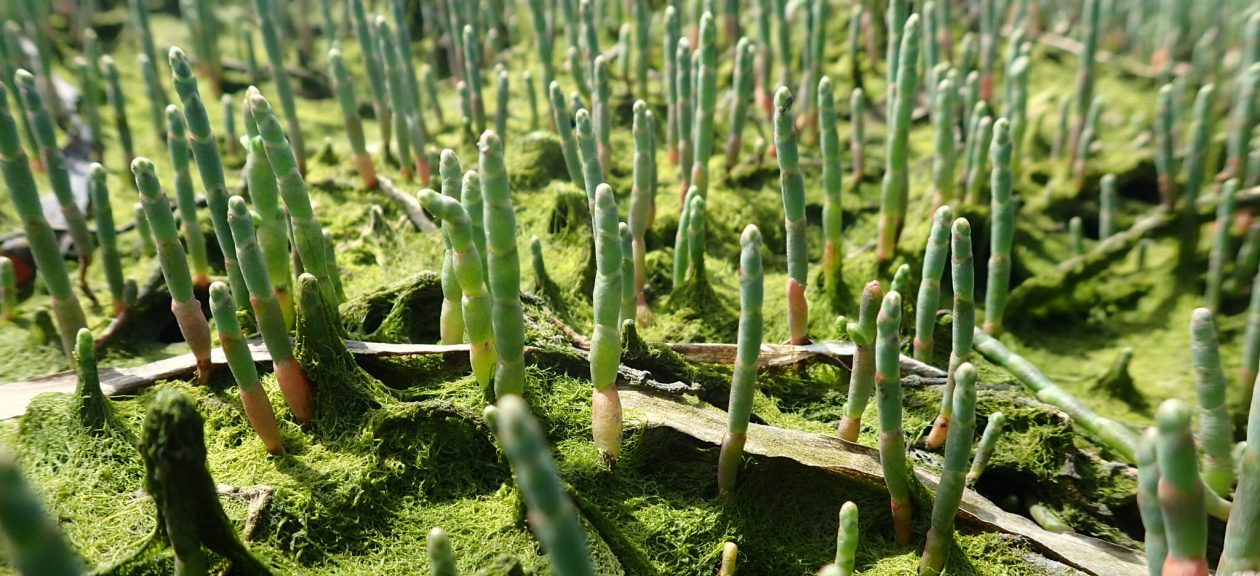 Carla Fresquez
Carla Fresquez
PhD, University of California, Santa Cruz
Carla completed her undergraduate work at INSTITUTION. In 2007, Carla entered University of California, Santa Cruz as a Masters student and Carla is currently a Graduate Research Fellow of the National Estuarine Research Reserve system.
DISSERTATION RESEARCH
Carla’s research interest is how tidal restriction facilitates plant invasions and community structure in salt marsh communities. In salt marsh ecosystems, characteristic plant zonation patterns are dependent on both differential tolerances of individual species to edaphic conditions created by tidal action and the outcomes of competitive interactions mediated by those stressful conditions. These stressors also influence the ability of non-natives to invade and establish in salt marsh communities, resulting in a reduction in non-native invasion in salt marsh habitats as compared to lower stress environments. This reduction in habitat invasibility is due to the general inability of non-natives to tolerate typical maximal levels of stress and to the potential for stressful edaphic conditions to shift the competitive balance from invasives to natives by inhibiting the natural ability of the invasive to out-compete the natives through superior metabolism or resource acquisition. Therefore, reductions in tidal action and associated reduction in edaphic stress may result in alteration of community structure and habitat invasibility through changes in underlying abiotic stress. To investigate the influence of tidal action on community structure I compared elevational distributions and dominance by targeted native marsh halophytes and non-native upland weeds at replicated fully tidal vs. tidally restricted marshes. Experimental removals of upland species at the upper boundary of the high marsh plant assemblage were conducted to examine the role of competition in determining zonation of native marsh halophytes. The relationship between stressful edaphic conditions and habitat invasibility was examined through broad-scale surveys of non-native distributions in marshes under varying degrees of tidal influence and an experimental environmental stress manipulation in a highly invaded marsh subjected to muted tidal flow.
